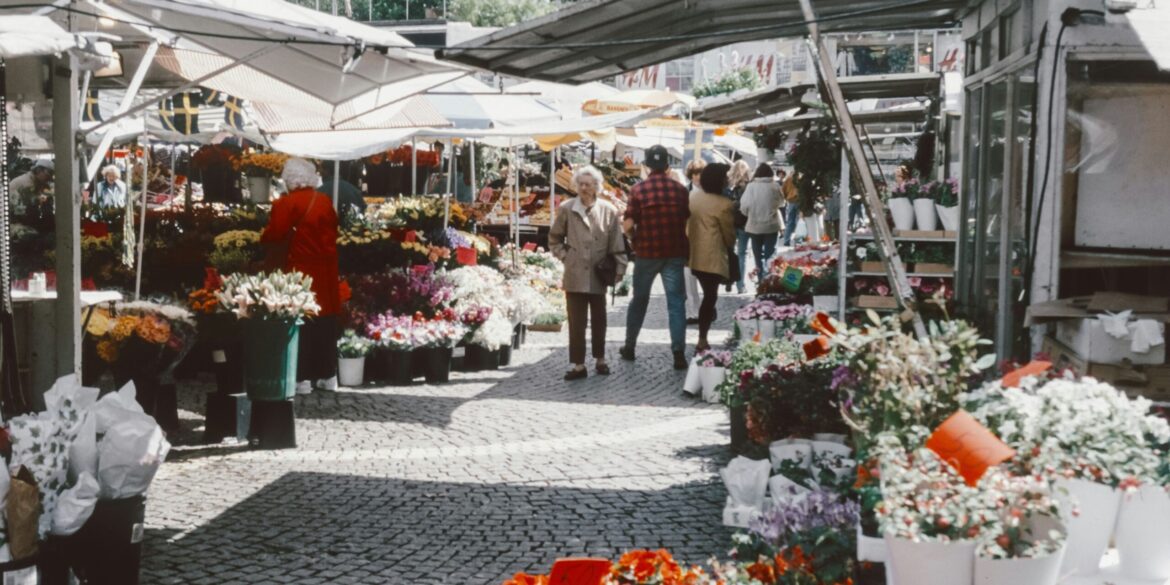NEW YORK CITY, NEW YORK — May 21, 2025
New York City’s farmers markets are enjoying a vibrant revival, fueled by a growing urban agriculture movement that has transformed rooftops, vacant lots, and community spaces into thriving food-producing areas. Across the five boroughs, residents are turning to locally grown produce, embracing farm-to-table lifestyles, and reshaping how the city thinks about food sustainability.
From Brooklyn to the Bronx, urban farms and gardens are supplying an increasing share of produce sold at neighborhood markets, a trend that is bringing fresh food closer to the consumer, reducing carbon emissions, and strengthening local economies.
A New Era for Urban Farming
Urban agriculture in New York City has seen remarkable growth over the past decade. Innovative use of space—like converting rooftops and schoolyards into vegetable gardens—has enabled residents and nonprofits to cultivate fresh food where none existed before.
The city now boasts hundreds of community gardens, many of which have become key suppliers to farmers markets. These gardens not only provide produce but also serve as green sanctuaries in the urban landscape, where people gather, learn, and build stronger communities.
Rooftop farming has also surged in popularity. Large-scale operations across the city are producing tens of thousands of pounds of fresh vegetables annually. These urban farms are models of efficiency, combining hydroponics, composting, and rainwater collection to minimize environmental impact while maximizing output.
Farmers Markets: Connecting City Residents to Fresh Food
Farmers markets remain central to the city’s local food movement. These open-air marketplaces offer seasonal fruits and vegetables, artisanal breads, cheeses, meats, and flowers, all grown or made by nearby producers.
Flagship markets such as the Union Square Greenmarket attract thousands of shoppers each week, offering an alternative to big-box grocery stores. They also provide farmers a direct outlet to sell their goods, eliminating the middleman and supporting local agricultural livelihoods.
Smaller neighborhood markets—often hosted in public parks, schoolyards, and plazas—are also expanding. In underserved communities, they play a critical role in improving access to nutritious food, particularly in areas where fresh produce has historically been hard to find.
A Groundswell of Support from the Public and City Hall
The popularity of urban agriculture and local markets reflects a broader cultural shift. New Yorkers are increasingly focused on where their food comes from, how it’s grown, and its impact on the environment.
Programs that encourage community involvement in food production—such as composting workshops, urban farming apprenticeships, and seed exchanges—have gained traction. Residents, schools, and local organizations are forming partnerships to cultivate land and promote sustainable practices.
City government has also taken an active role in supporting this movement. Dedicated offices and task forces now coordinate urban agriculture initiatives, streamline permitting for gardens and farms, and offer grants to help launch new projects.
Recent policy developments include efforts to integrate food production into city planning, explore the use of solar energy in agriculture, and incentivize green rooftop installations.
Education and Engagement are Key
Education is a cornerstone of the urban agriculture boom. School programs are teaching children how to grow their own food and understand the value of healthy eating. Workshops for adults cover topics like composting, container gardening, and beekeeping.
Meanwhile, institutions and nonprofits are offering urban farming certification courses, research support, and volunteer opportunities. These initiatives not only deepen public engagement but also build the next generation of urban growers.
A Greener, Healthier Future
The resurgence of farmers markets and urban farming is reshaping New York City’s food landscape in positive ways. These changes promote environmental stewardship, reduce the carbon footprint of food transport, and foster a sense of community around shared values of sustainability and wellness.
As the city continues to prioritize green initiatives and expand support for local growers, residents are expected to benefit from even greater access to fresh, healthy, and affordable food.
New York’s embrace of urban agriculture stands as a model for other major cities, proving that even the most densely populated metropolises can grow their way toward a healthier and more resilient future.

